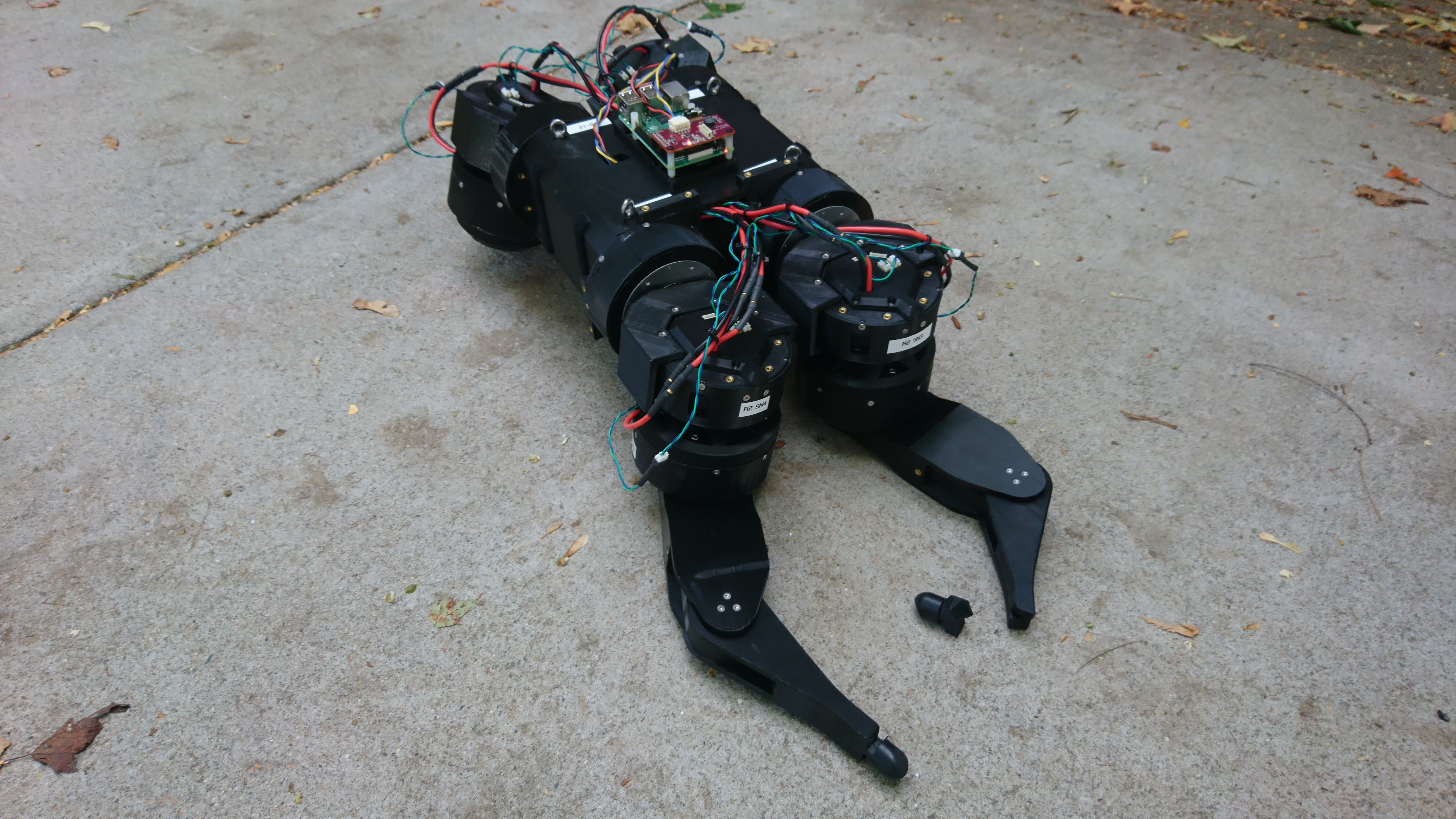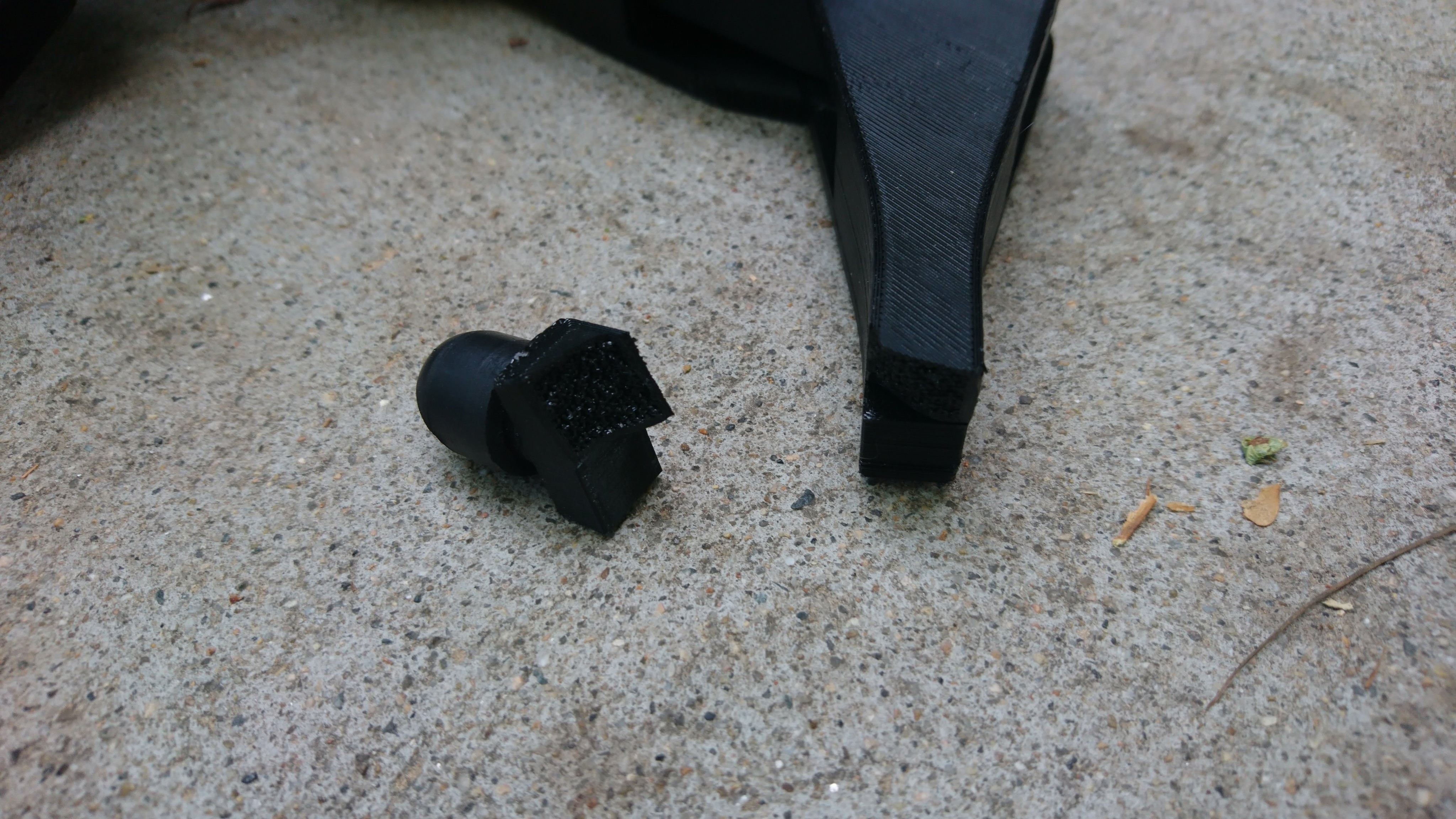Full rate inverse dynamics on the quad A0
Last time I updated my inverse kinematics solution to also include dynamics, velocities and forces. Now I’m in the process of integrating this onto the robot.
The old SMMB / HerkuleX control software commanded the servo positions in an open loop, which did not take into account the actual position of the joints in any way. What I’ve done now is implemented a control flow where at each cycle the state of all 12 servos is sampled, then the control laws are applied based on that state, then the resulting commands are sent out.


